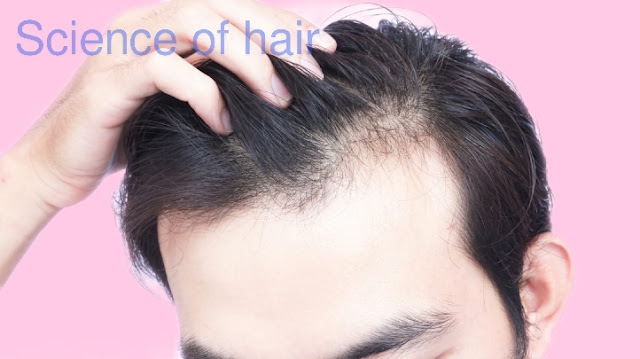Introduction
Male going bald, otherwise called androgenetic alopecia, is a typical condition that influences roughly 50% of all men by the age of 50. It is described by a continuous subsiding hairline and diminishing of hair on the crown of the head. While male balding is definitely not a dangerous condition, it tends to be a wellspring of critical mental pain for some men.
Causes of Male Hair Loss
The primary cause of male hair loss is genetics. Men who have a family history of hair loss are more likely to experience it themselves. Hair loss is also influenced by hormones, particularly dihydrotestosterone (DHT), a derivative of testosterone. DHT causes hair follicles to shrink and shorten their growth cycle, eventually leading to hair loss.
Stages of Male Hair Loss
Male balding regularly advances through seven phases, or Norwood-Hamilton arrangements. These stages range from slight thinning of the hairline to an almost complete loss of hair on the scalp. The pace of movement differs from one individual to another and can be impacted by elements like age, way of life, and in general health.
Effective Treatments for Male Hair Loss
While there is no cure for male hair loss, there are several effective treatments that can slow or prevent further hair loss and promote hair regrowth. These treatments include:
Minoxidil (Rogaine): This topical solution is applied straightforwardly to the scalp and works by invigorating blood stream to the hair follicles. Minoxidil is FDA-supported for men and has been displayed to slow balding and elevate regrowth in up to 40% of men.
Finasteride (Propecia): This oral medication is a 5-alpha reductase inhibitor, which means it blocks the conversion of testosterone to DHT. Finasteride is FDA-approved for men and has been shown to slow hair loss and promote regrowth in up to 80% of men.
Hair transplantation: This surgery includes relocating hair follicles starting with one piece of the scalp then onto the next, normally from the back or sides of the head to the crown. Hair transplantation is a super durable answer for going bald and can reestablish a characteristic looking hairline and thickness.
Lifestyle Changes for Managing Hair Loss
In addition to medical treatments, there are several lifestyle changes that can help men manage hair loss:
Maintain a healthy diet: A diet rich in fruits, vegetables, and whole grains can provide essential nutrients for hair growth.
Manage stress levels: Chronic stress can contribute to hair loss. Find healthy ways to manage stress, such as exercise, yoga, or meditation.
Avoid smoking: Smoking can restrict blood flow to the scalp and worsen hair loss.
Use gentle hair care products: Avoid harsh shampoos and conditioners that can irritate the scalp and damage hair follicles.
Conclusion
Male going bald is a typical and treatable condition. With the right blend of clinical medicines and way of life changes, men can really oversee balding and keep a sound, full head of hair. In the event that you are worried about going bald, it is vital to talk with a dermatologist or balding expert to examine your treatment choices.
Reduce hairloss by following these tips
Understanding Male Hair Loss: Causes and Effective Treatments
What is the cause of thinning hair?







0 Comments